
Anyone who knows me knows I love modifying things. I always feel there is a better design. This is the goal of a reliability engineer at heart. I enjoy sports and I enjoy running. I do believe that we were born to run. If you look at the human body that is clearly what it was built for. Our big toe faces forward, which makes them no longer good for gripping things like branches. But it does make them great for landing a foot in forward motion. We have extremely long legs in proportion to our bodies compared to all other primates. We are slender which provide a great ratio of surface area to mass for cooling. The ability to sweat without hair is a great temperature control method as well. We are also the only mammal that can uncouple our breathing to our running pace because we are bipeds. This let’s us optimize our breathing for long distance.
When you look at a tiger they are clearly designed to sprint and kill, a hawk is clearly designed to soar, a fish to swim. So by observation a human is designed to endurance run. We can outrun any animal on the planet long distance, even a horse. We can even run other animal to death by driving them to exhaustion. We are so optimized fo rit it is a weapon.
One of the best engineered components of our bodies for this task is our feet. They are an engineering marvel. More than 25% of the bones in our bodies are in our feet. What an amazing complex kinematic system, and nature never makes things complex without a reason.
So from an engineering perspective why do we bind our feet, basically reducing them to hooves? That is what running shoes do. Our arches can no longer flex. Our toes are bound together so they can’t articulate balance, our heel is raised so that our foot can no longer hit anything other than the back of our heel to the ground, like we are on stilts.
The origins of why we do this are actually very recent in history, less than 70 years, It has created many running related medical issues that we just accept as a standard risk of running. But in fact never existed until the modern running shoe. So we have messed up a well optimized “matured’ design by evolving it artificially in the wrong directions. We aren’t using test results as a closed loop. We just accepted the failures as standard and unchangeable. Sound familiar to any product programs you have observed?
But in fact every single one is a fabricated problem. So what does an engineer do? Create a shoe that allows the foot to function as proficiently a possible. These are my running shoe designs from over the years. My design objectives are simple.
-
- Create a show that protects the soles of my feet from puncture and abrasive wear. This is basically because it’s socially unacceptable for me to walk around barefoot everyday to build up my own tough soles.
- Allow my toes to splay outward so my foot can articulate to the surface and manage balance
- Minimize abrasion on my skin from the shoe connection points to my foot (straps, etc)
- Optimize traction and debris per specific use and environmental cases.
- Allow my foot to articulate enough where I can choose what point contacts the ground first on each step.
My designs:
A) This is one of my original designs. It’s based on a sprinting track shoe. I used it because it has a very thin rubber sole that is shaped to minimize stiffness. I redesigned, through some cutting and sewing the upper. It now is a an adjustable harness for the foot to hold the sole in place. There are two ties on top to adjust tension. The material encloses the ankle and then attaches at the back to make sure the shoe stays with the foot but without having tight straps.
- Performance: very good at letting my foot articulate. Foot feels naked and my sole feels like it is striking the ground where I want it to.
- Reliability: Fabric and stitching is wearing prematurely from the extreme flexing
B) A Greek all leather running sandals I had made in Santorini Greece by a leather shoe maker. I didn’t provide any input to the design. This was an exploration into history where marathon running was born. This is what they wore for running, their everyday sandals.
- Performance: Good at letting my foot articulate. Feels like a loose piece of equipment that I have to consider when stepping.
- Reliability: Had longer duration than expected based on how thin the leather straps were. Water exposure makes the leather hard which causes cracking. Environmental use case variability effects life significantly due to this.
C) A more diverse all terrain shoe. Based on a high traction water shoe. The sole wraps up the sides for traction “off road” in rocky areas, good materials for wet conditions, The center of the sole has a small hole and screen mesh to let water out and the screen stops debris from getting in.
- Performance: Great at handling diverse terrain. Great traction. Good toe protection for woods. Handles wet without accelerating shoe wear.
- Reliability: Material, both rubber and fabric have worn very quickly due to pressure points from my feet. Next revision is to experiment with just the soles and creating new uppers. I may use synthetic fiber strap material. I love the high traction rubber soles.
D) These are my cramp on ice spikes that can be added to the terrain shoe for icy conditions. I usually add wool socks to keep my toes warm, works like a wet suit.
- Performance: Work great on packed ice and loose dirt. They create a strange tension in the arches of my feet because of their compressive nature.
- Reliability: No issues and I have used them for 5 seasons. I thought the spikes being over molded into the rubber would be the reliability issue. It’s actually a really good method for attaching metal to thin rubber.
E) I designed these with a Greek shoe and sandal designer in Cambridge. I couldn’t believe I could find a guy like that in modern day Boston. He came from Greece 50 years ago and has been making and repairing shoes for the Boston community ever since. He liked my project and was willing to do many sessions with me coming up with the perfect leather and rubber sole sandal design. He also liked to do a shot of Ouzo after each meeting in his shop and talk about life. The entire experience was a hoot. We spent about 6 months having fun with this project.
- Performance: Good for flat roads. Long stamina for soles from even controlled flatness. Straps are very comfortable.
- Reliability: Just getting started with them so no reliability issues yet.
Have fun with your products. Many great inventions and product advancements have come from the sandbox. But so few development teams are really given designated time to experiment. What would happen if you told your most creative people that 10% of their week was “free play” time? You might just get your next market changing product. It is also a way to make sure field issues that are often just as accepted as “the norm” get looked at as these free thinkers are looking for food for thought.
-Adam
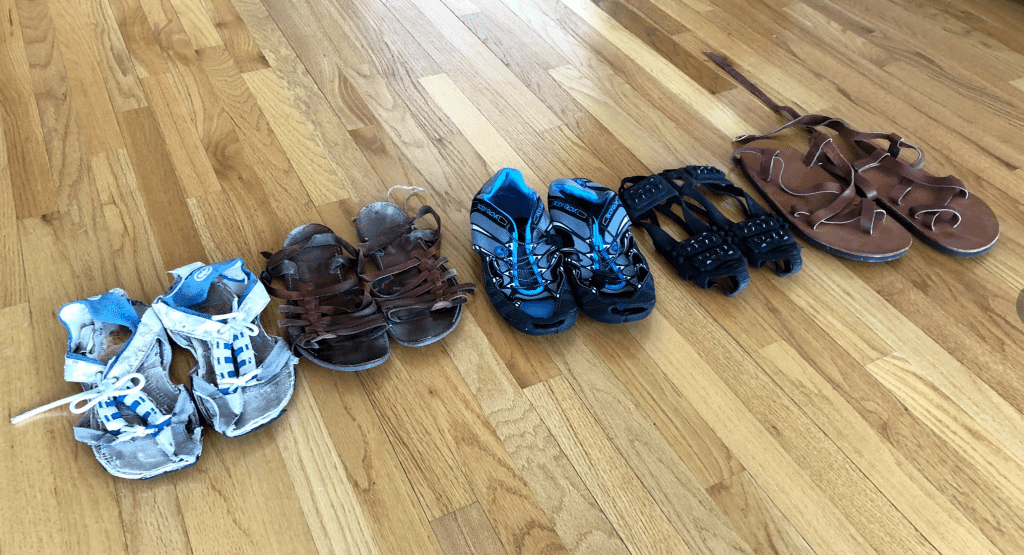

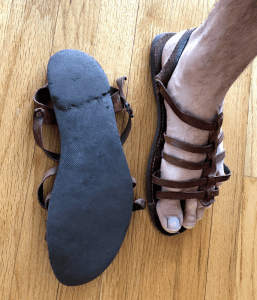
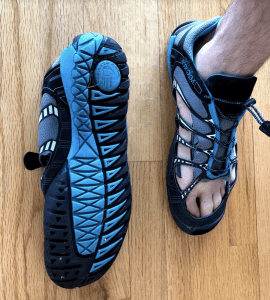
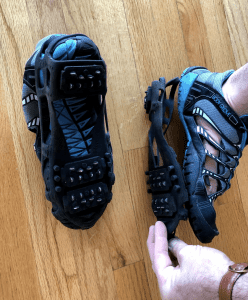
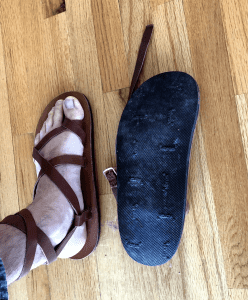
Leave a Reply